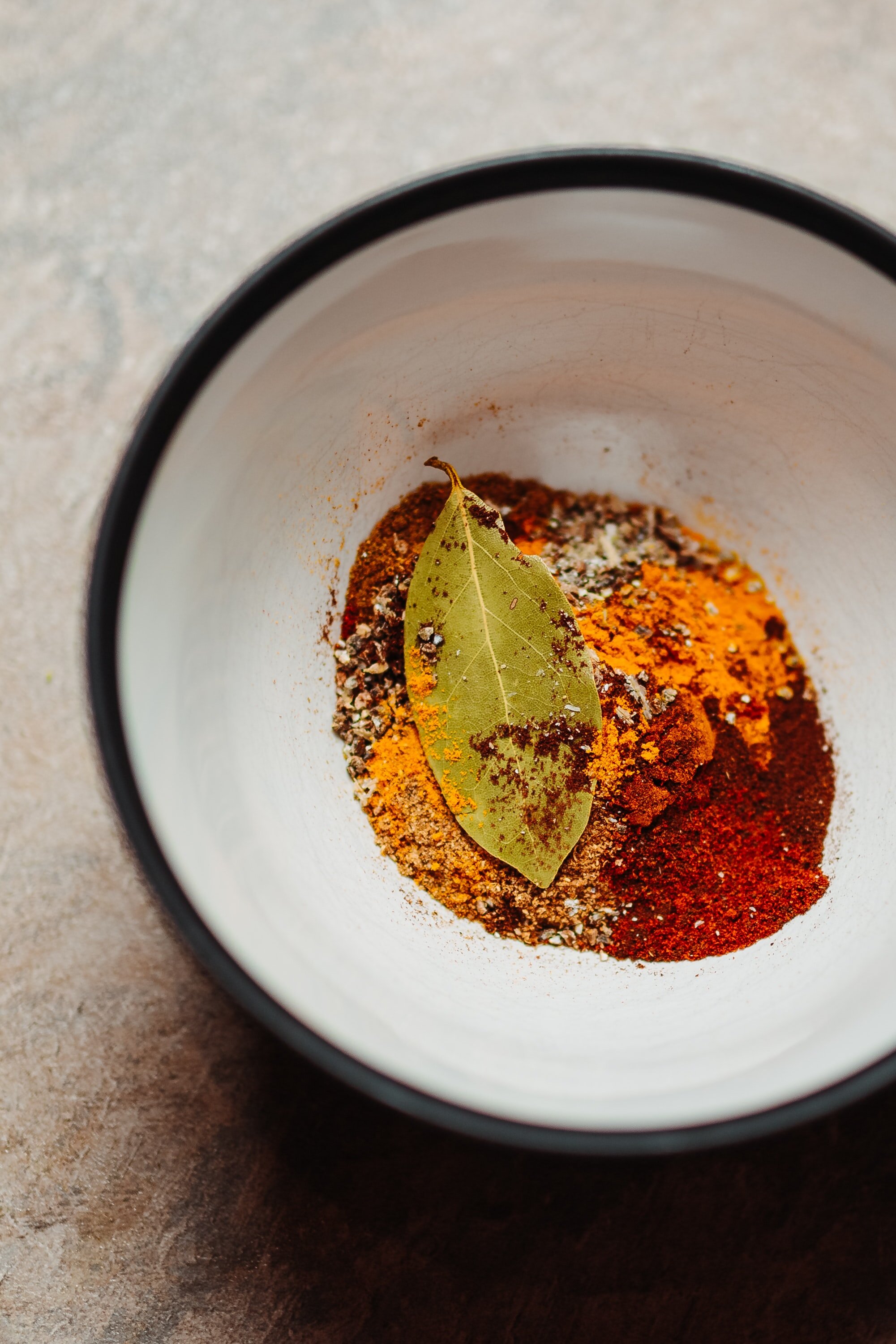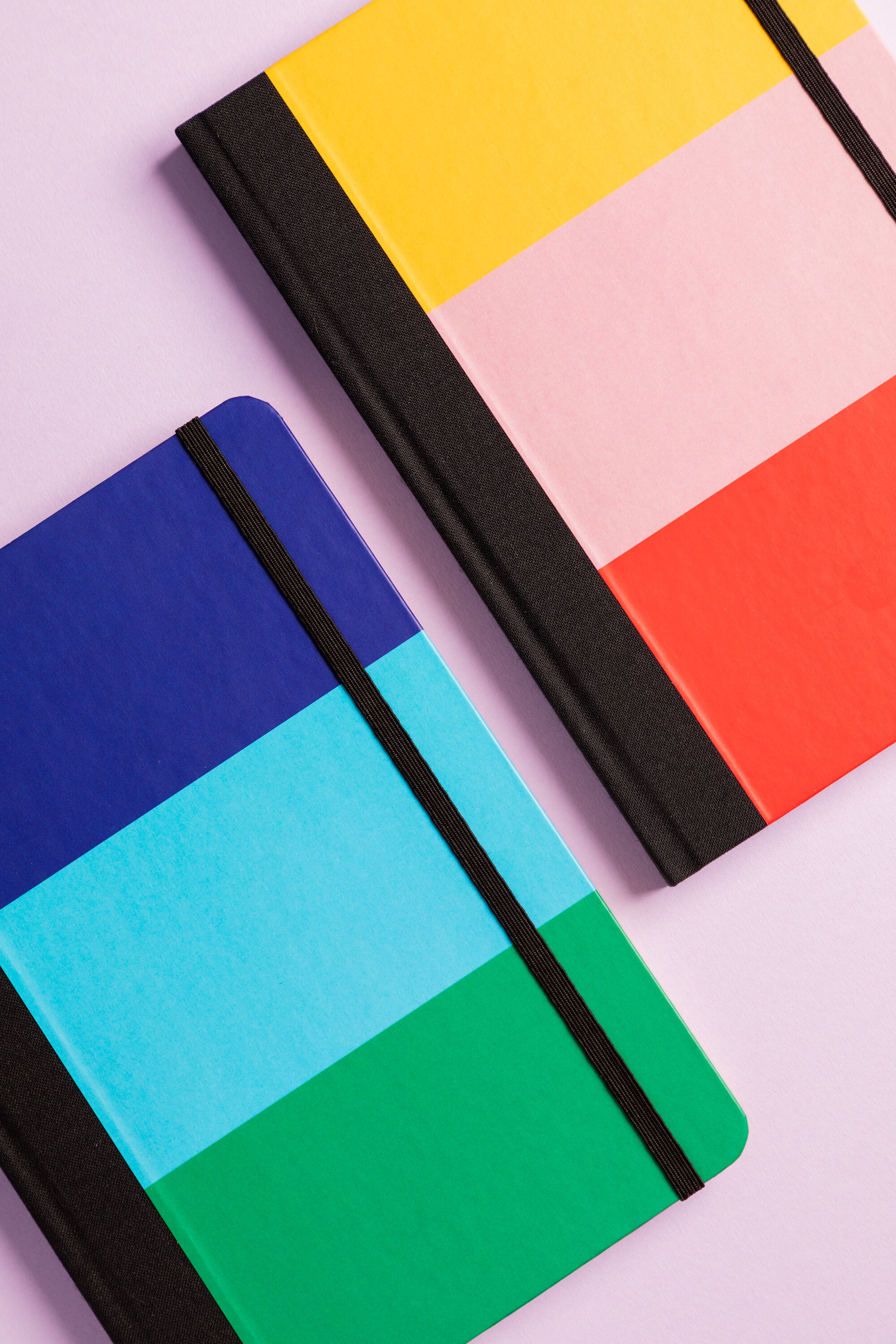How To Use Spice by Grace Regan
Grace Regan, the founder of the critically acclaimed Spice Box, definitely knows her spices. Through a combination of innovative and traditional British Indian vegan dishes, Grace aims to bring a vibrant and sustainable dining option to high streets and she’s thoroughly succeeding. Here are her top five tips on spice.
By Grace ReganWe all know we need to eat more vegetables. I forget that for some people this is a chore rather than a joy. After all, a plain, under-cooked boiled potato or hard, tasteless supermarket tomato is enough to put off even the most ardent of herbivores.
The good news is that’s it’s really easy to make vegetables taste amazing. Of course, the starting point is local seasonal produce but, even if you’ve only got Tesco Metro to play with, with a pinch of spice, you can create incredible vegetable dishes with almost any plant.
Below are some tips I’ve picked up during my career of spicing up vegetables!
Fry spices in oil.
Frying spices in hot oil (also known as 'tempering') takes them to a whole new level of flavour. This is most important for whole spices or seeds but you can fry powdered spice too. Heat a couple of tablespoons of oil in a frying pan and then add the spices. Fry for a few minutes until they’re golden and aromatic. Then add the rest of your ingredients.
2. Cook your spices.
This seems like an obvious point after I’ve told you to temper your spices. However, sometimes you add spices (most commonly the powdered form) mid-way through cooking. If doing this, it is essential that you cook them out. There’s nothing worse than the taste of raw spice. Moreover, when spices aren’t cooked out, they have a grainy texture to them. As a general rule, it’s difficult to cook out spices once you’ve added liquid to a dish. Always try to add spices at the ‘paste’ stage of cooking to ensure they get cooked out properly.
3. Be gentle with turmeric.
Cooking with spices is all about layering flavour. With a few simple vegetables and spices, you can create delicious complexity but only if you learn how to layer properly. If you chuck all your spices into the pot at the same time, some will get lost. Turmeric is a good example of this - when used correctly, it has a fragrant subtle taste. If it’s overcooked, this can be lost. For this reason, you should always add turmeric half-way through cooking, ideally before adding any liquid to your dish.
4. Season with garam masala.
Garam masala is a common Indian spice blend, usually made with cumin, coriander, black pepper, nutmeg and cinnamon (although every family has their own secret recipe). To go against everything I’ve just told you, it should always be added at the end of cooking - stirred through just before you take your dish off the heat (think of it as similar to pepper).
5. Use spices like pepper.
This is a continuation of my previous point. Garam masala has a flavour profile similar to pepper and should be used in a similar way. But this can also apply to other spices, which can be sprinkled on dishes instead of pepper to give them a flavour boost. As per point 2, you don’t want to be adding raw spices so make sure you toast any spices you want to season with before-hand. Try a pinch of ground cumin on your mash or smoked paprika on your chickpeas. Or, if you’re feeling adventurous, track down some chaat masala - it has an addictive sour tang to it and works super well on fried foods like bhajis, chips or popadoms.
Follow Grace’s journey with Spice Box.










